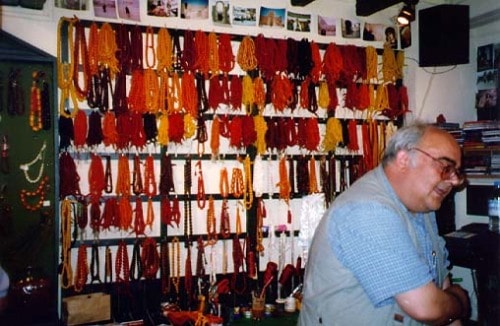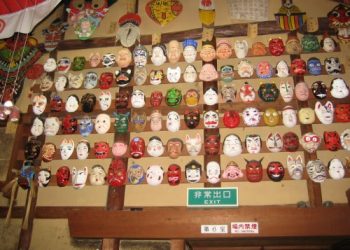As someone who nearly flunked basic algebra in high school, I’m not entirely sure what it all means. So after looking that shit up on Wikipedia I have learned it is a holiday (oh yeah, are banks closed?) commemorating the mathematical constant π. Pi Day is celebrated on March 14 because 3, 1 and 4 are the three most significant digits of π in the decimal form. Oh really? You know what’s a significant digit? My middle finger!
Surprisingly, the world lacks a museum about pies. That doesn’t seem right, someone needs to get on that shit. Well, π is Greek to me, which it is, so how about a random Greek Museum? I’m worried you stopped reading a few sentences ago, so Greek Komboloi (pronounced com-po-LOY) are more than appropriate right now. What are Komboloi? Small strings, like bracelets, with stones, usually amber or coral. But unlike Catholic rosaries, they have no religious connotation; they are used to relieve stress and worry. It’s not uncommon for a Greek to hold a Komboloi while waiting for a restaurant or just going about their day. And don’t worry…these things have their own museum.
In 1963, Mr. and Mrs. Aris Evangelinos became interested in these worry beads but it took them over 35 years to finally open a museum about their collectibles. On the first floor, a workshop makes new Komboloi from older patterns and fixes broken ones. The second floor traces the origin of these beads from many different religions (Hinduism, Buddhism, Islam, and Christianity) and a large collection from Egypt and Greece. And of course there is the museum shop that sells many Komboloi for the stressed-out traveler who wants a memento to bring home…or maybe to use during that long ass flight before they even get home.
And everything comes back to math – Komboloi often have a prime number of beads on the string, usually 17, 19 or 23.
















